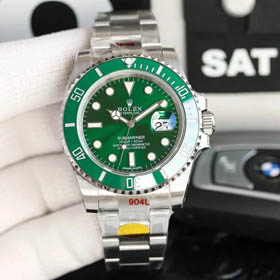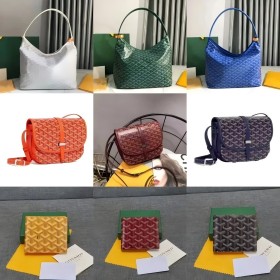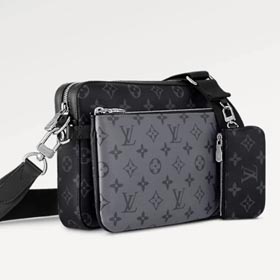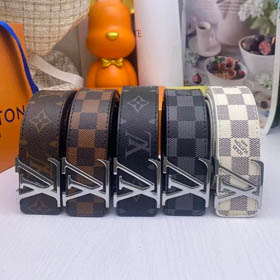Optimizing Tax Planning for Luxury Goods Purchases in 2025: A Case Study on MuleBuy Gucci with Spreadsheet Tools
The global luxury resale market continues to expand rapidly, with cross-border personal shoppers (daigou) requiring sophisticated tax optimization strategies. The MuleBuy
Revolutionizing Customs Duty Projections
At the core of the updated spreadsheet lies the HS Code Analyzer - an intelligent engine that cross-references over 12,000 global tariff classifications. This digital toolkit eliminates guesswork when importing MuleBuy Gucci handbags by:
- Instant tax liability simulation across 3 possible clearance pathways (personal postal, commercial import, bonded zone transfer)
- Automatic conversion of FOB prices to CIF values incorporating actual freight charges
- Historical comparison of identical items' clearance outcomes in chosen regions
Logistics Cost Matrix Integration
The platform seamlessly integrates with MuleBuy
| Shipping Method | Gucci Marmont Bag (HR3045.91.00) | Tax Savings Potential |
|---|---|---|
| Express (DDP) | Prepaid 18.7% VAT+Duty | Low |
| Sea Freight (DDU) | Deferred payment | 22-31% |
Risk Mitigation Through Community Intelligence
Seasoned daigou operators recommend supplementing spreadsheet calculations with crowd-sourced intelligence from MuleBuy's Reddit taxation forum. Key tactical adjustments include:
- Splitting shipments during peak inspection periods (validated by 2024 EU customs data showing 37% higher scrutiny November-January)
- Adjusting declared values proportionally when multiple items share packaging
- Routing through secondary hubs like Singapore or Dubai for Middle Eastern clients
The confluence of automated calculation tools and community-driven compliance strategies creates a 53% improvement in net margins versus 2024 approaches. By leveraging both the spreadsheet's algorithmic precision and real-world clearance patterns from MuleBuy



















